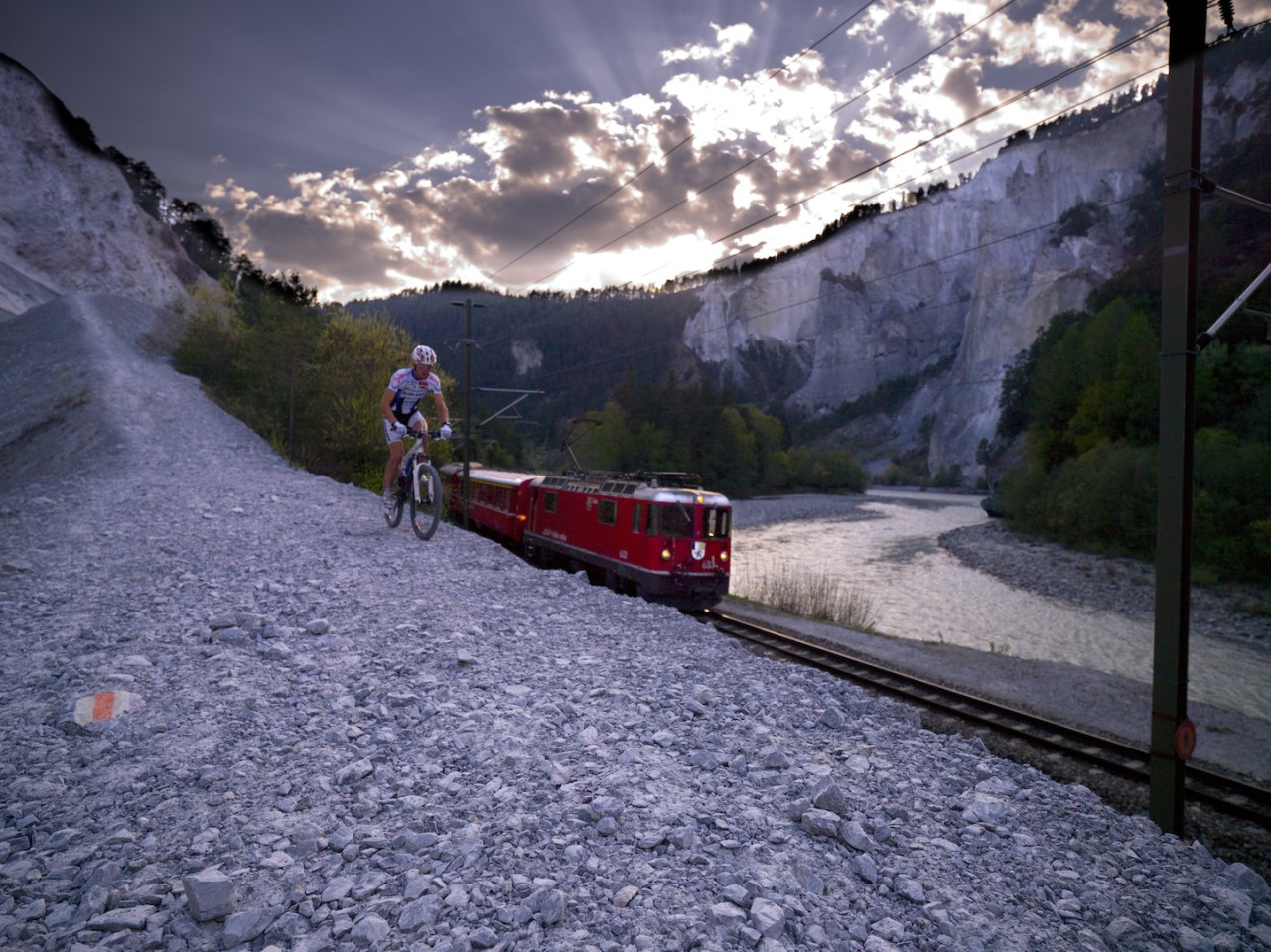Rhaetian Railway RHB checks safety at railway crossings with the help of ASE's AI solution

The Rhaetian Railway (RhB) is constructing an approximately two kilometer long crossing point along the St. Moritz-Tirano line. Within this stretch, three level crossings are secured solely with St. Andrew's crosses. As a prerequisite for planning approval, RhB is tasked with demonstrating the ongoing safety of these level crossings.
The federal government stipulates that Swiss railway crossings must be secured with barriers, flashing lights or signal boards, depending on the level of danger posed. The determination of the level of danger is contingent upon factors such as road traffic intensity, railway operation procedures—particularly speed—and prevailing visibility conditions.
In the case of the new RhB crossing point, the railway operations and visibility conditions allow it to be secured with St Andrew's crosses. RhB had to prove the intensity of use and commissioned ASE to carry out the corresponding measurements.
Given that the level crossings primarily serve bikers and hikers, there are no permanent frequency measuring devices in close proximity. Instead, we utilized a mobile system to track pedestrian traffic over a two-and-a-half-month period. Power for the system was provided by a combination of solar cells and batteries.
The measurements revealed that the maximum daily average of pedestrian traffic does not exceed eight people per hour. Consequently, RhB can maintain the current safety measures at the three level crossings using signs alone, eliminating the need for costly installations such as warning lights or even an underpass.
Related Posts
By accepting you will be accessing a service provided by a third-party external to https://ase.ch/






